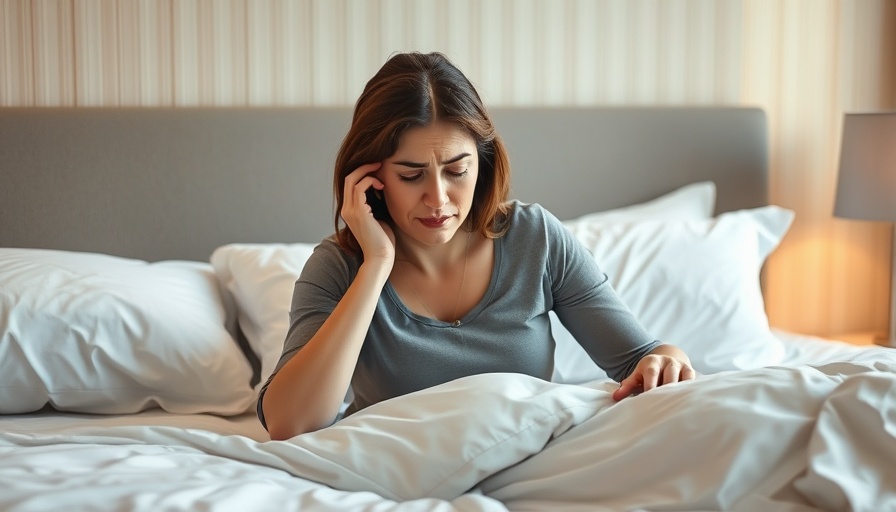
Understanding the Scope of Lower Back Pain
Lower back pain (LBP) is not just an inconvenience; it’s a growing global health crisis affecting millions. In 2020 alone, a staggering 619 million people worldwide experienced this debilitating condition. By 2050, estimates suggest that this number will escalate to 843 million cases, largely attributed to aging populations and lifestyle factors. This alarming statistic emphasizes the importance of addressing LBP not only for individual health but also for global well-being.
What Sets Lower Back Pain Apart?
Unlike back pain that can span various areas above the glutes, lower back pain is specifically localized to the area between the lower ribs and the buttocks. The lumbar spine, which enables flexibility for bending and twisting, is particularly vulnerable to injuries. Strains and sprains are the primary culprits behind this pain, often exacerbated by poor ergonomics or extended periods of inactivity.
The Common Causes of Lower Back Pain
Frequent causes of LBP include:
- Muscle Strains: Activities such as lifting heavy objects or sudden awkward movements can strain the lower back muscles.
- Disc Injuries: Discs can bulge or rupture, impacting nerves and leading to pain.
- Structural Issues: Conditions like spinal stenosis can narrow the spinal column, encroaching on nerves and causing discomfort.
Interestingly, lifestyle choices play a significant role in how susceptible one is to LBP. With the modern trend of sedentary living, coupled with poor posture, many people unknowingly contribute to shorter, tighter muscles, increasing the risk of injury.
Effective Home Remedies for Relief
Fortunately, relief from lower back pain can often be achieved right at home. Here are some effective strategies:
- Chiropractic Care: Regular chiropractic adjustments can realign the spine and enhance spinal health. They often provide immediate relief from pain and help prevent future occurrences.
- Stretching and Strengthening Exercises: Engaging in gentle stretches can alleviate muscle tension, while strengthening exercises can enhance core stability, thereby supporting the lower back.
- Heat and Cold Therapy: Applying heat can soothe sore muscles, while cold therapy can help reduce swelling and pain.
Incorporating Healthy Habits into Your Lifestyle
Maintaining spinal health is a continuous journey. Simple lifestyle changes can significantly impact your overall wellness and mobility. Consider these tips:
- Posture Correction: Be mindful of your posture while sitting, especially if working at a desk. Ergonomic chairs and standing desks can improve your alignment.
- Regular Activity: Aim for consistent movement throughout the day, whether it’s taking short walking breaks or engaging in low-impact exercises.
- Balanced Nutrition: Eating a diet rich in anti-inflammatory foods can enhance musculoskeletal health.
The Importance of Patient Education
Understanding the factors contributing to lower back pain encourages proactive management. Sharing patient education resources—such as tips on ergonomic workplace setups, stretching techniques, and benefits of chiropractic care—can empower individuals to take control of their health.
In Conclusion
Your journey to a pain-free lower back begins with informed choices and actionable steps. By integrating chiropractic wellness practices into your daily life, you’re not only addressing existing pain but also fostering a healthier future. As we continue to navigate the increasing prevalence of lower back pain, let’s advocate for holistic approaches that prioritize our well-being. Ready to take the first step? Discover the transformative power of chiropractic care today!
For your first appointment, call us at 855-424-4761 and book your session for just $20!
 Add Row
Add Row  Add
Add 




Write A Comment